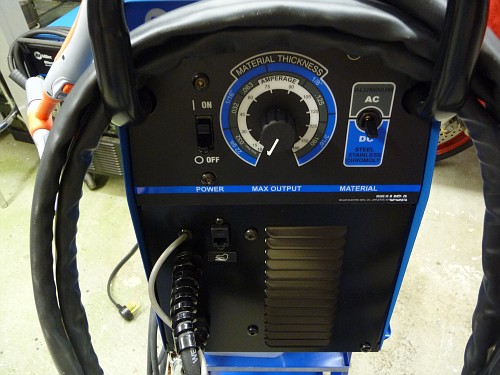I have been reading around on the forums for a while and finally decided it was time to make a post. (hopefully in the right section! haha)
My wife and I are designing/building devices that add pulsing functionality to TIG welder machines (welders that don't come with pulse functionality, such as the Miller Diversion 165 and 180).
I would greatly appreciate any feedback/advice/criticism that you guys have.
I'm hoping to be able to make these for people for a variety of different welders, and make sure it has all of the required functionality that people want. It has also been a fun project so far! And to put this out there, I am an engineer and am not the greatest welder... I'm still learning.
Here is what I am hoping to get some discussion going on about:
1. What are your thoughts on the settings/features that I have that are currently adjustable? (listed below) Is there anything that I am missing, or something that you would like to see?
2. What other welders are you guys using that I can build these devices for? Any inverter style TIG welder with an auxiliary input (pedal for example) should do.
3. What do you think of my project so far?
Thanks guys!
Specs:
* Square, Triangle, Sawtooth wave forms
* Pulse frequency is adjustable between 0.5 HZ and 50 HZ (1 pulse every 2 seconds to 50 pulses per second)
* Duty cycle and background amperage are both adjustable between 5% and 95%
* I have a delay before pulse start setting (gives time to get arc started before pulsing starts)
* 3 configurable profiles
* When device is turned off, welder reverts back to normal operation
Photos:


EDIT:
And here is a youtube video in case you are wondering how this puppy works!
GtWwz9YVqho







